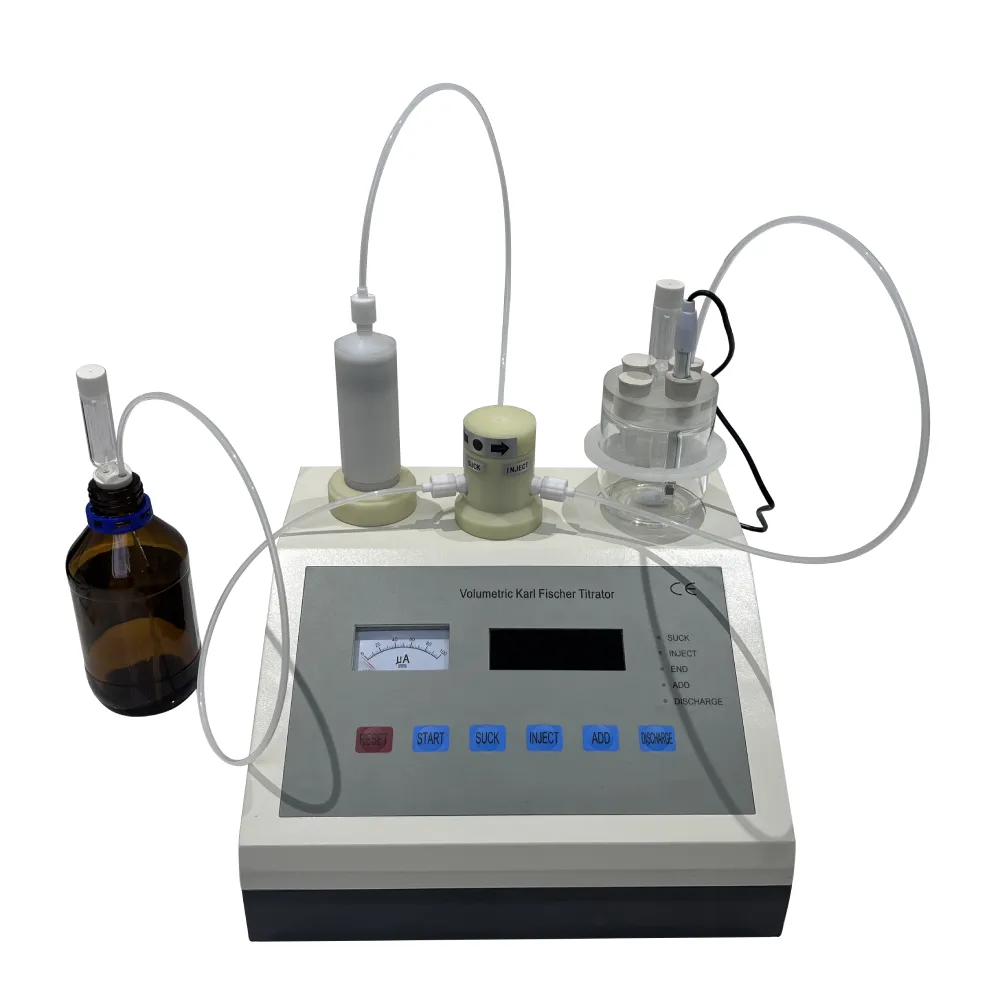 English
English



-
 Afrikaans
Afrikaans -
 Albanian
Albanian -
 Amharic
Amharic -
 Arabic
Arabic -
 Armenian
Armenian -
 Azerbaijani
Azerbaijani -
 Basque
Basque -
 Belarusian
Belarusian -
 Bengali
Bengali -
 Bosnian
Bosnian -
 Bulgarian
Bulgarian -
 Catalan
Catalan -
 Cebuano
Cebuano -
 China
China -
 China (Taiwan)
China (Taiwan) -
 Corsican
Corsican -
 Croatian
Croatian -
 Czech
Czech -
 Danish
Danish -
 Dutch
Dutch -
 English
English -
 Esperanto
Esperanto -
 Estonian
Estonian -
 Finnish
Finnish -
 French
French -
 Frisian
Frisian -
 Galician
Galician -
 Georgian
Georgian -
 German
German -
 Greek
Greek -
 Gujarati
Gujarati -
 Haitian Creole
Haitian Creole -
 hausa
hausa -
 hawaiian
hawaiian -
 Hebrew
Hebrew -
 Hindi
Hindi -
 Miao
Miao -
 Hungarian
Hungarian -
 Icelandic
Icelandic -
 igbo
igbo -
 Indonesian
Indonesian -
 irish
irish -
 Italian
Italian -
 Japanese
Japanese -
 Javanese
Javanese -
 Kannada
Kannada -
 kazakh
kazakh -
 Khmer
Khmer -
 Rwandese
Rwandese -
 Korean
Korean -
 Kurdish
Kurdish -
 Kyrgyz
Kyrgyz -
 Lao
Lao -
 Latin
Latin -
 Latvian
Latvian -
 Lithuanian
Lithuanian -
 Luxembourgish
Luxembourgish -
 Macedonian
Macedonian -
 Malgashi
Malgashi -
 Malay
Malay -
 Malayalam
Malayalam -
 Maltese
Maltese -
 Maori
Maori -
 Marathi
Marathi -
 Mongolian
Mongolian -
 Myanmar
Myanmar -
 Nepali
Nepali -
 Norwegian
Norwegian -
 Norwegian
Norwegian -
 Occitan
Occitan -
 Pashto
Pashto -
 Persian
Persian -
 Polish
Polish -
 Portuguese
Portuguese -
 Punjabi
Punjabi -
 Romanian
Romanian -
 Russian
Russian -
 Samoan
Samoan -
 Scottish Gaelic
Scottish Gaelic -
 Serbian
Serbian -
 Sesotho
Sesotho -
 Shona
Shona -
 Sindhi
Sindhi -
 Sinhala
Sinhala -
 Slovak
Slovak -
 Slovenian
Slovenian -
 Somali
Somali -
 Spanish
Spanish -
 Sundanese
Sundanese -
 Swahili
Swahili -
 Swedish
Swedish -
 Tagalog
Tagalog -
 Tajik
Tajik -
 Tamil
Tamil -
 Tatar
Tatar -
 Telugu
Telugu -
 Thai
Thai -
 Turkish
Turkish -
 Turkmen
Turkmen -
 Ukrainian
Ukrainian -
 Urdu
Urdu -
 Uighur
Uighur -
 Uzbek
Uzbek -
 Vietnamese
Vietnamese -
 Welsh
Welsh -
 Bantu
Bantu -
 Yiddish
Yiddish -
 Yoruba
Yoruba -
 Zulu
Zulu
water in oil test kit
Understanding the Water in Oil Test Kit A Vital Tool for Fluid Analysis
In many industries, particularly in the fields of manufacturing, automotive, and energy, the integrity of machinery and equipment hinges significantly on the quality of the lubricants and fluids used. A critical aspect of fluid quality is the presence of water, which can cause significant damage and reduce the efficiency of machinery. To ensure operational reliability, a water in oil test kit becomes an indispensable tool for professionals aiming to maintain fluid integrity.
What is a Water in Oil Test Kit?
A water in oil test kit is specifically designed to detect and measure the amount of water present in oil-based fluids. The presence of water in lubricating oils, hydraulic fluids, and other petroleum products can lead to several adverse effects, including corrosion, oxidation, and the formation of sludge. Over time, even a small amount of water can compromise the effectiveness of these oils, leading to decreased performance and potential machinery failures.
How Does It Work?
Typically, a water in oil test kit contains a variety of components that facilitate the testing process. Common components include test tubes, reagents, and color indicators that react to the presence of water. The basic procedure involves the collection of an oil sample, which is then mixed with the reagents provided in the kit. The reaction will usually produce a color change, indicating the presence of water and allowing the user to quantify its concentration.
Some advanced test kits utilize techniques like infrared analysis or Karl Fischer titration for more precise measurements. These methods allow users to ascertain even trace amounts of water that may not be detectable with simpler kits. The right choice of a test kit will depend on the specific needs of the user and the precision required for their applications.
Importance of Water Detection in Oils
The presence of water in oils can lead to several issues
water in oil test kit

1. Corrosion Water can accelerate the oxidation process in lubricating oils, leading to rust and corrosion in critical engine and machinery components.
2. Emulsification Water can combine with oil to form emulsions, which compromise the lubricating properties of the fluid and can lead to performance issues.
3. Reduced Efficiency Water dilution can reduce the viscosity of oils, resulting in inadequate lubrication and overheating.
4. Increased Maintenance The need for regular monitoring and maintenance increases when water is present, leading to higher operational costs and downtime.
Applications of Water in Oil Test Kits
The applications of these test kits are broad and include
- Automotive Industry Regular testing in vehicles can prevent engine and transmission failures caused by water contamination. - Industrial Machinery In manufacturing, equipment reliability is crucial; test kits ensure that hydraulic fluids and lubricants are functioning optimally. - Marine Applications Boats and ships often operate in environments where water contamination is likely; regular testing can help in preventing costly repairs.
Conclusion
In conclusion, a water in oil test kit is an essential tool for any industry that relies on lubricants and oils for machinery operation. By enabling quick and accurate detection of water contamination, these kits empower operators to maintain fluid integrity, extend the lifespan of their equipment, and reduce maintenance costs. Investing in a reliable water in oil test kit is not just a precaution; it’s a proactive measure to ensure the smooth operation of machinery and the safety of industrial processes. With consistent monitoring and early detection, industries can mitigate risks, prevent failures, and enhance overall operational efficiency.
-
Exploring the Main Types of Industrial Endoscopes and Their Applications Across IndustriesNewsJul.04,2025
-
Testing Equipment Industry Sees Major Advancements in 2025: Smart & Precision Technologies Lead the WayNewsJun.06,2025
-
Applications of Direct Current Generators in Renewable Energy SystemsNewsJun.05,2025
-
Hipot Tester Calibration and Accuracy GuidelinesNewsJun.05,2025
-
Digital Circuit Breaker Analyzer Features and BenefitsNewsJun.05,2025
-
Benefits of Real-Time Power Quality Monitoring Devices for Industrial EfficiencyNewsJun.05,2025



